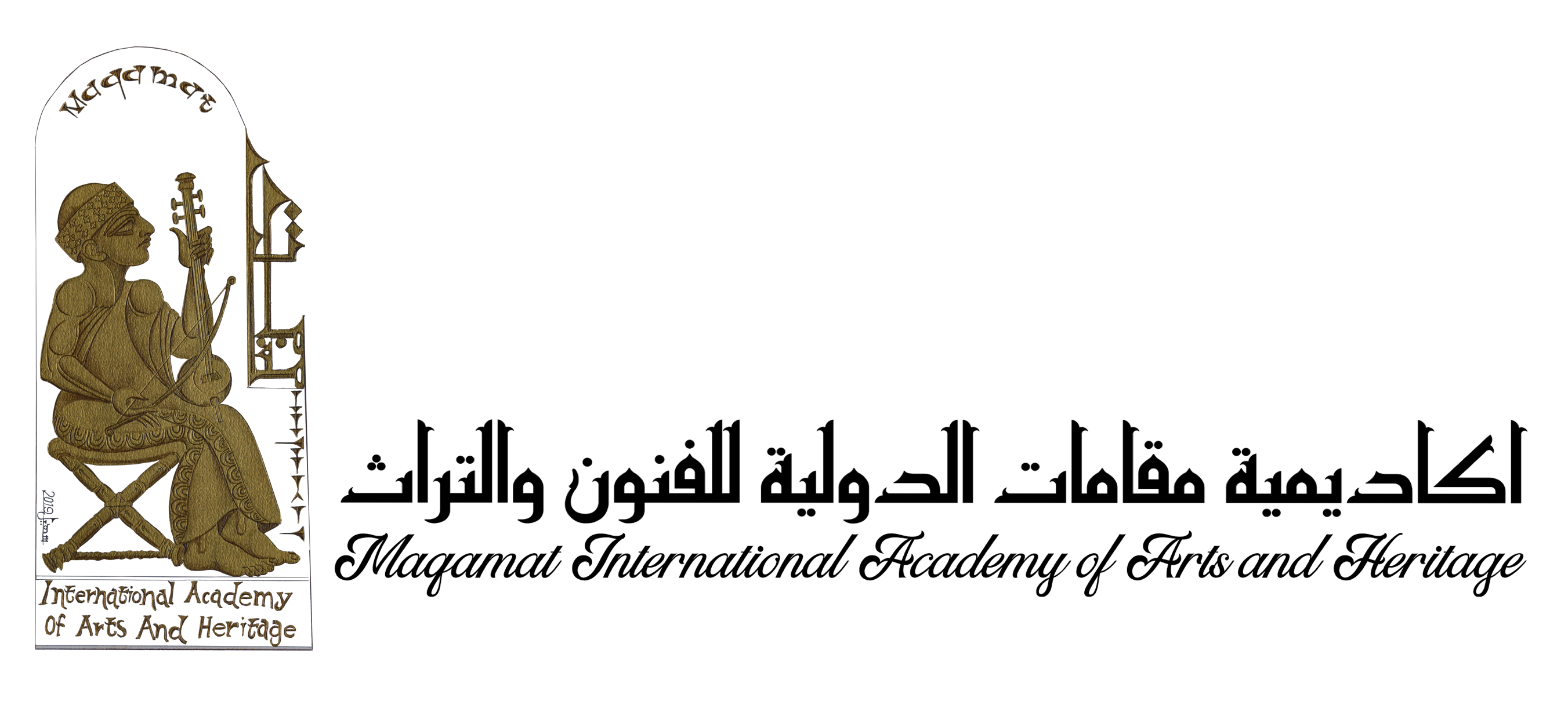Nay

“…One of the oldest forms of the flute is the endblown nay. It is played in slightly…”

The name is Farsi for reed. Traditionally the nay is made of the Arundo Donax plant, the same we use to make oboe, saxophone, and clarinet reeds. Some modern makers have experimented replacing with success the reed with a metal pipe or a PVC pipe; however, good-sounding comes from a well-made natural cane.
The oldest form, shown on Egyptian tomb paintings as early as 3000-2500 years BC, is of a nine-segment section of reed, the first node at the wider mouthpiece end opened with a part of the node left making a small hole, and the other nodes fully opened, with an outside bevel around the embouchure. Six fingerholes plus a thumbhole make for fully chromatic and quarter-tone scalar possibilities. Around 1200AD the Turks began using the turned wood, bone, horn, and now even plastic mouthpieces, but otherwise kept the same fingering and lip technique.
Both Arab nay and Turkish ney are played with the pads of the fingers, not the tips, rather like a bagpiper’s grip. They also come in different lengths, each one being tuned to a specific pitch, so that like a pennywhistle, if you know a melody in one key, switching to the appropriate ney or nay will then let you play the same melody but transposed to another key.
The nay is pitched by the name of the note made with the 1st fingerhole open; thus the Arabic standard (Rast=C) nay is one at D. This means that all the holes closed render a C; the 1st hole open, D, then respectively Eb, E1/2b, F, F#, G. This is for the lowest octave and for the 1st register, differing by an octave; the 2nd register overblows a fifth higher, the same sequence of holes rendering the notes A, Bb, B 1/2b, C, C#, D; the 3rd register plays an octave above the 1st register, C, D, etc.
Other notes are made by partially opening a tone hole, changing the blowing angle, or a combination of the above. Also note that the G note in the 1st register is the same pitch as the all-holes-closed note in the 2nd, as is the C in the 2nd reg. and the closed C of the 3rd; these alternate fingerings are used for musical purposes and to check internal tuning.
Arab style playing is generally more rhythmic, and reflective of the shepherd association, as the nay is commonly a pastoral instrument. The classical nay is usually longer, the folk models shorter. The Turkish style is more smooth and flowing, betraying the Dervish association. In Turkey, the Mevlevi (Whirling Dervishes) long ago adopted the nay as their main instrument in the sema, the spiritual service that includes the trance dancing and spinning. The pastoral association is weaker in Turkey, the ney being a learned, urban Classical instrument; various types of kaval, smaller flutes of end and fipple blown types fill in the folk world.
Iran adopted the Turkoman interdental blowing method and altered the fingering pattern in the late 1700s, corresponding to a change in their musical style, and thus the modern Persian ney is of a different # of nodes, has a different embouchure, and has only 5 finger holes and a lower-placed thumbhole than the Arab-Turkish types. The interdental blowing method is very difficult to learn but gives a much louder, reedier tone color; in the lower range where the Arab/Turk flute is at its softest, the Persian ney produces a full, rich tone.
David Brown
Phone
Follow Us
Opening Hours
Fri: From 10am to 9pm
Sat: From 10am to 7pm
Sun: From 15pm to 7pm
Address
309 Queen St South,
Mississauga, Ontario
L5M 1L9

